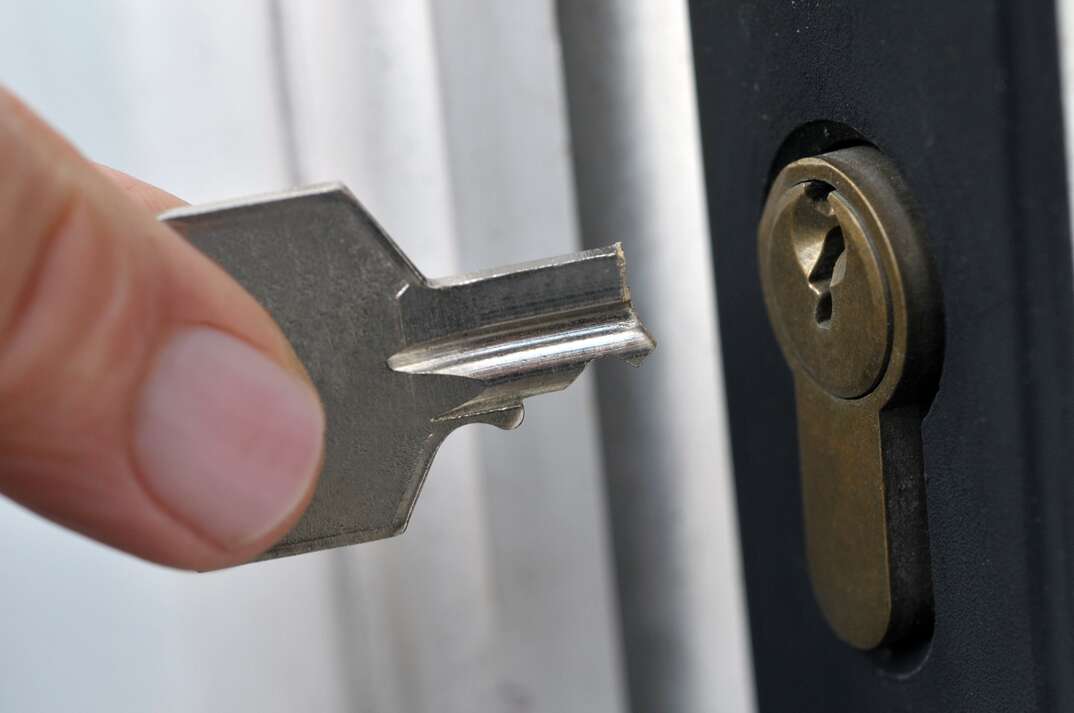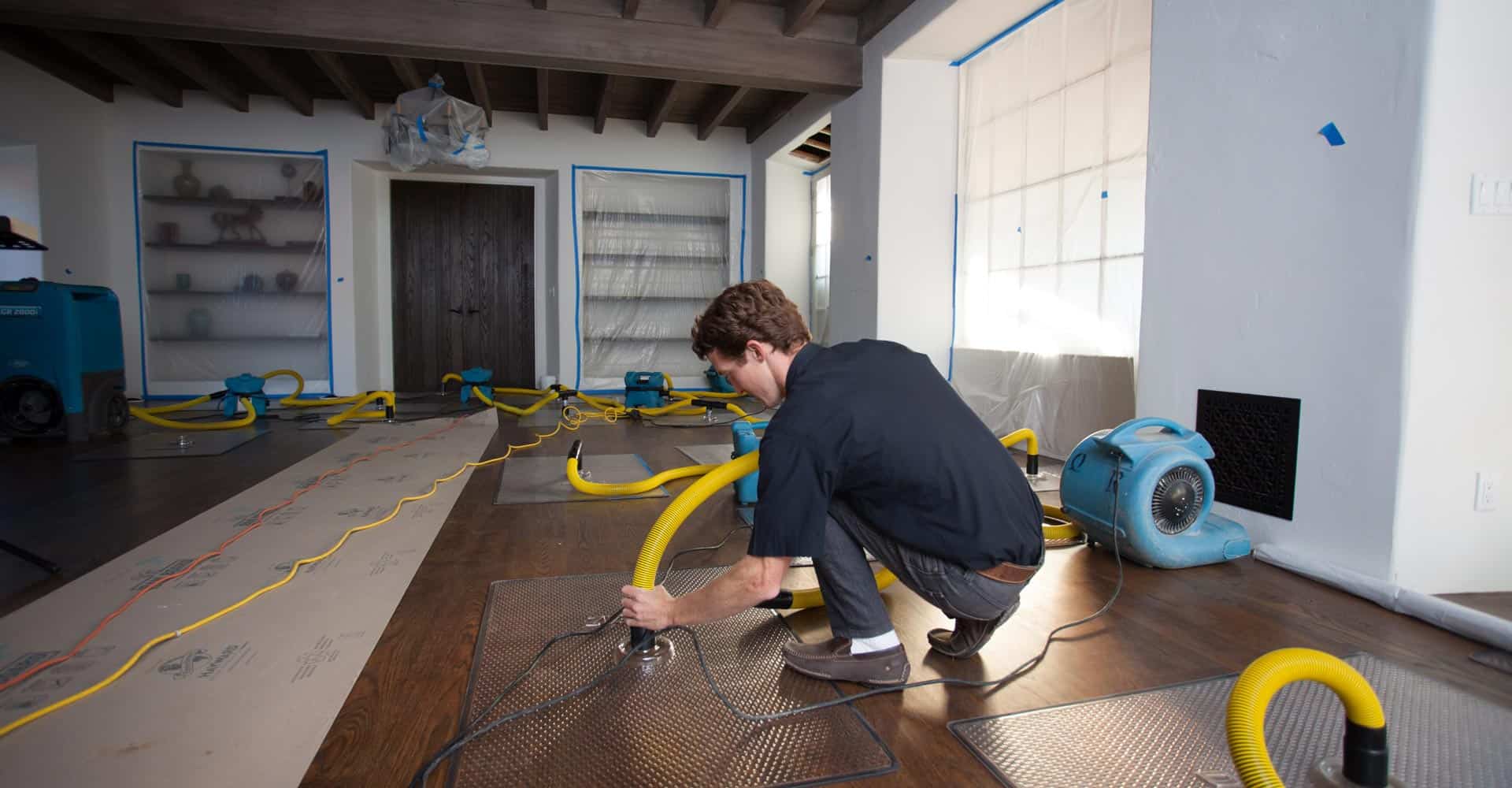Meta Description:
The locking mechanism of a door is an essential component for ensuring the security and privacy of your home. However, just like any mechanical device, lock systems can encounter problems over time. If you’re experiencing issues with your locking mechanism, it’s important to troubleshoot and address them promptly to maintain the security of your property. In this blog post, we will explore common locking mechanism problems and provide effective solutions to resolve them.
Read more: Discover the Power of Free, Limitless Online Video Trimmers
Understanding Locking Mechanism Problems
Before we delve into the troubleshooting steps, let’s familiarize ourselves with some common locking mechanism problems:
- Sticky Locks: If your lock is difficult to turn or feels sticky when you insert the key, it may be due to dirt, debris, or lack of lubrication within the lock mechanism.
- Misaligned Deadbolt: A misaligned deadbolt can prevent it from fully extending or retracting, resulting in difficulty locking or unlocking the door.
- Worn-out Key: Over time, keys may wear down and become less effective at operating the lock, leading to issues with turning or removing the key.
- Loose Door Handle: A loose or wobbly door handle can affect the alignment of the locking mechanism, causing problems with locking or unlocking the door.
Troubleshooting Locking Mechanism Problems
Now that we have identified some common issues, let’s explore troubleshooting tips to resolve locking mechanism problems:
- Clean and Lubricate: Start by cleaning the lock mechanism using compressed air or a soft brush to remove any debris or dirt. Once clean, apply a lubricant specifically designed for locks to ensure smooth operation.
- Adjust Deadbolt Alignment: If you are experiencing problems with a misaligned deadbolt, you may need to adjust the strike plate or the position of the deadbolt itself. Use a screwdriver to loosen the screws on the strike plate and shift it slightly to align with the deadbolt. Tighten the screws once aligned.
- Replace Worn-out Keys: If your key is worn or damaged, it’s advisable to have a new key made by a professional locksmith. Using a worn-out key can further damage the lock mechanism.
- Tighten Door Handle: If your door handle feels loose, tighten the screws on the interior side of the door using a screwdriver. Ensure that the handle is securely fastened to maintain proper alignment with the locking mechanism.
- Check Door Alignment: A misaligned door can put strain on the locking mechanism. Inspect the door and frame for any signs of misalignment, such as gaps or uneven spacing. If necessary, adjust the door or seek professional assistance to correct the alignment.
- Seek Professional Help: If you have tried the above troubleshooting steps and are still experiencing issues with your locking mechanism, it’s best to consult a professional locksmith. They have the expertise and specialized tools to diagnose and fix complex lock problems.
Farmhouse Front Doors and Their Locking Mechanisms
Farmhouse front doors are renowned for their rustic charm and sturdy construction. These doors often come with their unique set of challenges when it comes to their locking mechanisms. Due to the traditional design and bespoke sizes common in farmhouse front doors, standard lock systems may not always be suitable.
For example, the thickness and heaviness of these doors may require a more robust and durable lock. The installation of these locks might need a professional touch to ensure that the security isn’t compromised. Additionally, the rustic aesthetic of farmhouse front doors often calls for antique or vintage-style locks, which may require special maintenance or care.
Therefore, when troubleshooting locking mechanism problems in farmhouse front doors, it’s essential to consider these factors to ensure the lock works smoothly and matches the aesthetic of the door.
Importance of Addressing Locking Mechanism Problems
Ensuring that your locking mechanism is in optimal condition is crucial for the security and safety of your home. Ignoring lock problems can lead to compromised security, making your property vulnerable to break-ins or unauthorized access. By troubleshooting and addressing locking mechanism problems promptly, you can maintain the integrity of your locks and enhance the overall security of your home.
In conclusion, understanding common locking mechanism problems and knowing how to troubleshoot them is essential for every homeowner. By following the tips provided in this blog post, you can effectively resolve lock issues and ensure the continued security of your property.




